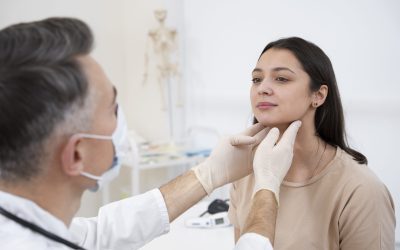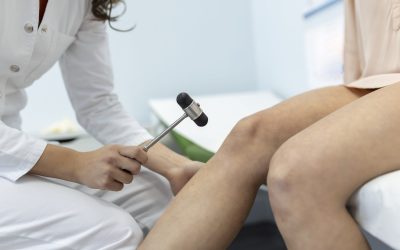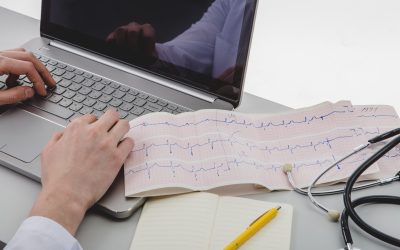Functional diagnostics is a set of techniques and studies using special equipment. It allows you to identify the features of the work of internal organs of a person. In our sanatorium, as in other medical institutions, FD is carried out in order to make the treatment of patients more reasonable.
Main types of FD
Fibrogastroduodenoscopy (FGDS) is a method in which a doctor examines the state of the upper gastrointestinal tract with a gastroscope. In this case, a biopsy is taken – the contents of the stomach for laboratory analysis. Based on the results of the procedure, the gastroenterologist makes a conclusion about the presence of gastrointestinal diseases, and prescribes treatment.
ECG (Electrocardiography) is a method for diagnosing the condition of the heart. With the help of electrodes, bioelectrical potentials that occur during heart contractions are monitored. According to the results of the procedure, the device prints in the form of a graph all the physiological processes that occur in the heart. According to the schedule, the doctor determines the heart rate, the appearance of scars on the myocardium, heart pathology, and the characteristics of the conduction of cardiac impulses. With the help of ECG, you can track the dynamics in patients with diseases of the cardiovascular system.
A diagnostic portrait of the heart (cardiovisor apparatus) is obtained during the passage of an ECG. The difference is that the signal from the electrocardiograph enters the computer, where it is processed in a special program. A full heart image appears in front of the doctor. The cardiovisor is used in the diagnosis of ischemia, as well as to track the dynamics of angina pectoris, hypertension, etc.
Rectoscopy is a method that helps to diagnose diseases of the rectum. The rectoscope device allows you to examine the intestinal mucosa, as well as take cell sampling for laboratory research.
Full polysomnography is a procedure that allows you to track all the functional features of individual organs during sleep. Various devices are used for this:
The electrocardiograph allows you to track the work of the heart muscle.
A pulse meter measures the amount of oxygen in the blood.
The thermistor detects the volume of air that passes through the respiratory tract and monitors the cessation of breathing.
The electrocoagulograph monitors the quality of sleep: phases and features of interruption.
Electroencephalograph – the electrical activity of the brain, which is recorded in the form of a graph.
Using this method, doctors make conclusions for patients with sleep disorders, heart problems, lungs, neurological indications. Snoring is also an indication for this type of diagnosis.
Monitor pulse oximetry is a method that is necessary to determine the amount of oxygen in the blood. This is how oxygen starvation is diagnosed.
Duodenal sounding is a procedure that is used to diagnose diseases of the liver and biliary tract. Contents are taken from the duodenum. The device is a duodenal probe.
Functional diagnostic methods are an excellent tool for making diagnoses and prescribing optimal treatment. Modern medical technology is distinguished by its reliability and quality. This ensures that objective test results are obtained.
- Gastroscopy
- Colonoscopy
- Colposcopy
- Sigmoscopy
- Holter
- Ultrasonography of abdominal organs
- Ultrasonography of the thyroid gland
- Pap test
- Lactophan
- Determination of body mass index
- Cardiogram-cardivisor
- Audiometry
- Densitometry
- Gastric juice analysis
- Analysis of duodenal contents
For information about studies and procedures, contact us — 032 2 43 00 31 | 032 2 43 00 32







